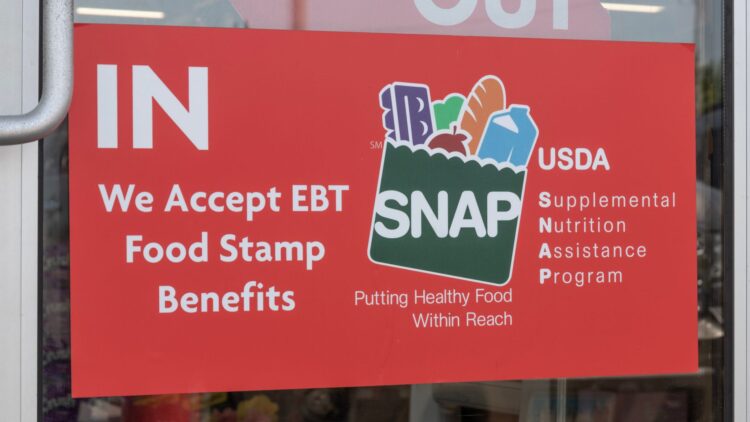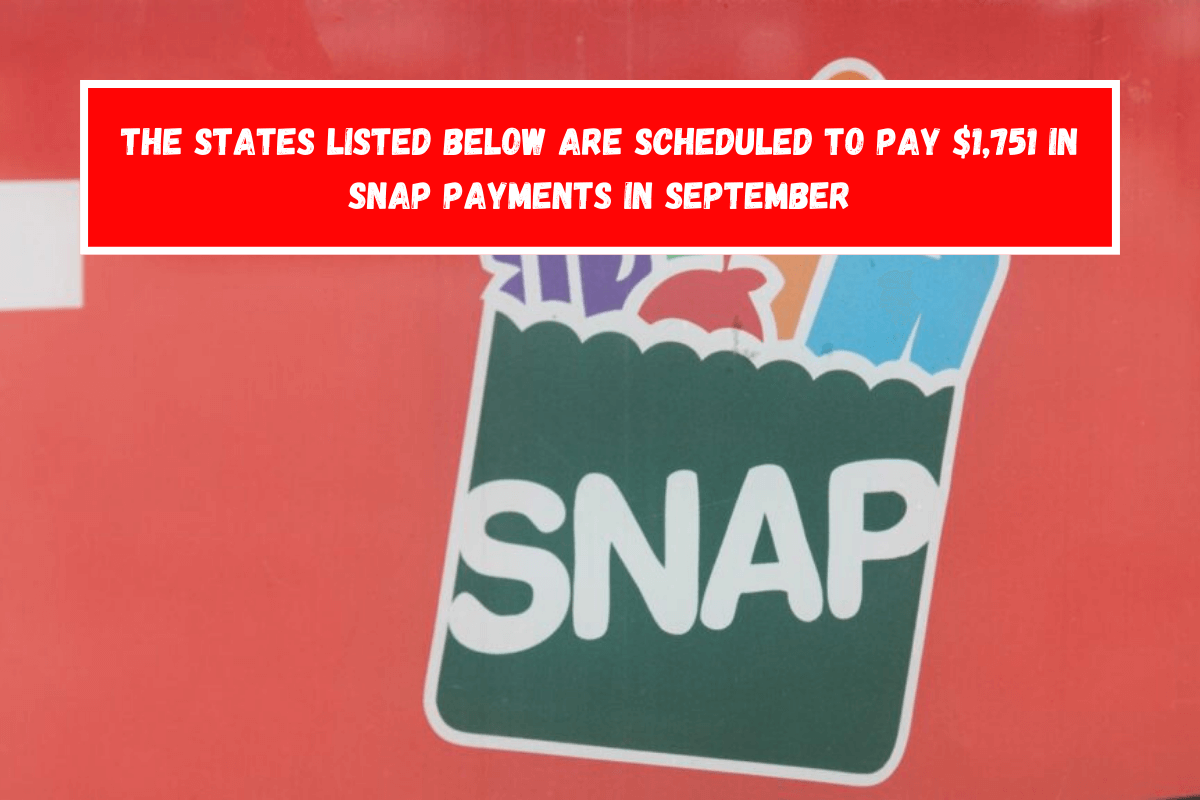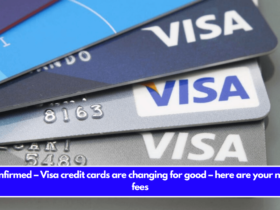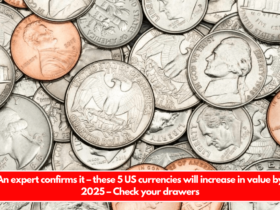One of the most important food assistance programs in the US is the Supplemental Nutrition Assistance Program (SNAP). Eligible households that need extra money to buy healthy food and improve their general health can get SNAP benefits.
Twelve states have already sent out checks for this month, and 26 states have already sent out checks for September. A lot of American families pay close attention to how their SNAP benefits are paid every month. This is because every dollar counts these days, especially when it comes to buying food.
Since SNAP is a federal program, the central office is in charge of giving out the money. However, each state that participates in the program decides how the money is distributed, so there is no set date for when the money is credited at the national level. Each state also has rules about how to handle payments.
These include making schedules based on a number of factors, such as the first letter of the primary beneficiary’s last name and, in some cases, the last Social Security number, in order to make sure that payments are made in the right order.
The list of states that will pay $1,751 in SNAP benefits
Everyone who gets SNAP benefits gets them on an Electronic Benefits Transfer (EBT) card, which is a lot like a bank card but has a few extra features. The EBT card can only be used at shops that are approved, and each month the benefits are taken out automatically.
The federal government says that SNAP benefits for September will run from $291 for an individual to $1751 for a family of eight. Changes are coming in October, including a change in the highest SNAP allotments for the 48 states and D.C. This change will go into effect on October 1, 2024, and end on September 30, 2025, after the following schedule:
- One person: $292
- Two persons: $536
- Three persons: US$ 768
- Four persons: US$ 975
- Five persons: US$ 1158
- Six persons: US$ 1390
- Seven people: US$ 1536
- Eight persons: US$ 1756
- Each additional person: US$ 220

As of September, many states had already finished the payment process. Other states are either still in the process or have just started. The SNAP payment schedule for 2024 says that households that are qualified can apply for up to $1751 in benefits in the following states:
- Arizona: September 1-13.
- Arkansas: September 4-13.
- Minnesota: September 4-13.
- Massachusetts: September 1-14.
- Wisconsin: September 1-15.
- Kentucky: September 1-19.
- New Mexico: September 1-20.
- Tennessee: September 1-20.
- Washington: September 1-20.
- Missouri: September 1-22.
- Alabama: September 4-23.
- Delaware: September 2-23.
- Louisiana: September 1-23.
- Maryland: September 4-23.
- Florida: September 1-28.
- Texas: September 1-28.
- Ohio: September 2-20.
- Michigan: September 3-21.
- North Carolina: September 3-21.
- Arkansas: September 4-13.
- Minnesota: September 4-13.
- Mississippi: September 4-21.
- Georgia: September 5-23.
- Indiana: September 5-23.
- Maine: September 10-14.
- Utah: September 11 and 15.
On the other hand, these are the states that have already delivered SNAP benefits to their residents:
- New York: September 1-9.
- Oregon: September 1-9.
- West Virginia: September 1-9.
- California: September 1-10.
- Colorado: September 1-10.
- Idaho: September 1-10.
- Illinois: September 1-10.
- Iowa: September 1-10.
- Kansas: September 1-10.
- Nevada: September 1-10.
- Oklahoma: September 1-10.
- South Carolina: September 1-10.
SNAP benefits can be at risk if no action is taken
If Congress doesn’t do something by September 30, low-income families whose SNAP benefits are stolen will no longer be able to get money back. The USDA says that between fiscal years 2023 and the first half of 2024, more than $61.5 million was sent to about 125,000 families across the country through SNAP.
However, Ruppersberger thinks that these numbers are probably too low. Ruppersberger is leading a joint effort to keep skimming victims getting paid, but he doesn’t think a stand-alone law will be passed by the 30th. This is because Congress is more focused on keeping the government open before October 1.
Skimming doesn’t just happen to people who get SNAP. It can also happen to people who get money on debit cards with magnetic strips that can be read at cash registers.
But, unlike debit cards, their electronic benefits transfer cards don’t have built-in microchips or other security features that make them less likely to be stolen, like mobile payments. Besides that, they can’t get government consumer protections that would help them get back the money that was stolen.
Also See:- Social Security payment cutbacks (if nothing changes) – Retiree scenario update















Leave a Reply